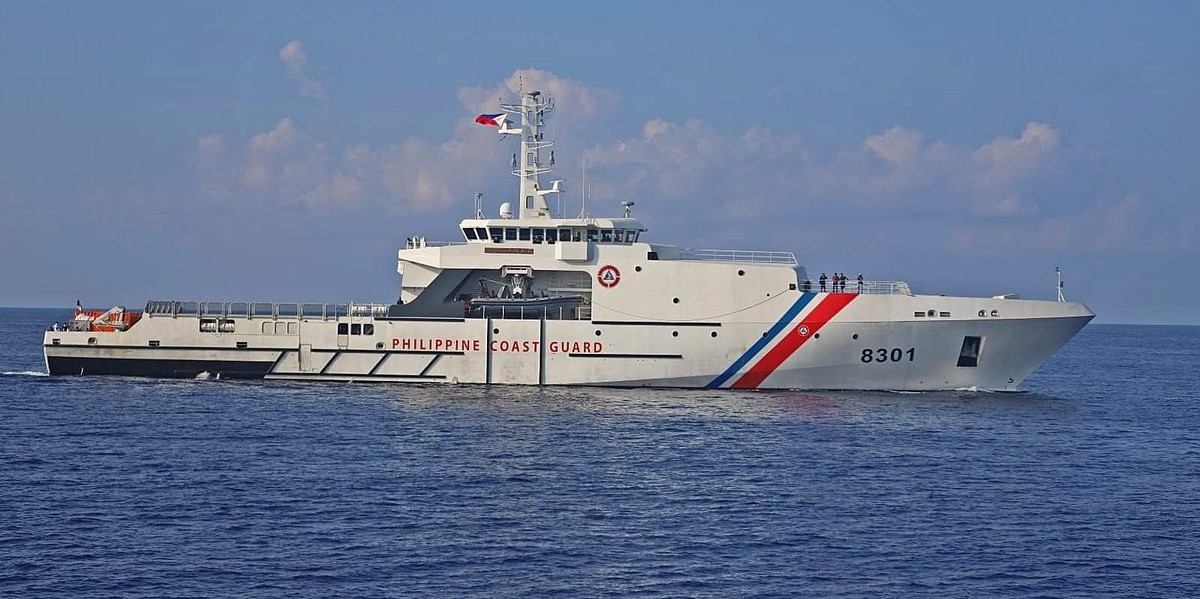The Philippine Department of Foreign Affairs announced Tuesday that it summoned the Chinese Ambassador to the Philippines, Huang Xilian, to lodge a diplomatic protest in the wake of the most recent confrontation between Chinese and Filipino vessels in the South China Sea (West Philippine Sea) near the Second Thomas Shoal (Ayungin Shoal) and the Scarborough shoal.
In its announcement, the foreign ministry stated:
The Philippine Government firmly asked China to immediately undertake the following actions:
(1) direct its vessels to cease and desist from its illegal actions against Philippines vessels, and to stop interfering in legitimate Philippine Government activities, or lingering in waters around Ayungin Shoal, and doing any action that violates the Philippines’ sovereign rights and jurisdiction in its exclusive economic zone;
(2) comply with its obligations under international law, including the 1982 UNCLOS, the 2016 Award in the South China Sea Arbitration, and the 1972 COLREGS; and
(3) adhere to its commitments under the 2002 ASEAN-China Declaration on the Conduct of Parties in the South China Sea (DOC).
The diplomatic protest comes after building tensions between the Philippines and China came to a head Sunday when the Philippine government alleged that a boat carrying the Philippine Chief of Staff of the Armed Forces, General Romeo Brawner, was sprayed with water cannons and rammed by a Chinese Maritime Militia (CMM) vessel. The China Coast Guard (CCG) released a statement shortly after the incident denying the Philippine government’s claims, alleging that three Philippine Bureau of Fisheries ships entered into Chinese territorial waters despite being told not to do so, necessitating a “professional, standardized, legitimate and legal” response. China claims that this area is not a shoal but an island chain, making it Chinese territory. This is contrary to findings of a 2016 Permanent Court of Arbitration ruling claiming that the area is a low-tide elevation and part of the continental shelf, making it part of the Philippines’ exclusive economic zone (EEZ).
A US Department of Defense spokesperson denounced China’s actions, stating, “By impeding the safe operations of Philippine vessels carrying provisions to Filipino service members stationed at Second Thomas Shoal, the PRC interfered in lawful Philippine maritime operations and in Philippine vessels’ exercise of high seas freedom of navigation.” The US has had a continued military presence in the area, supporting the Philippine government’s territorial claims.
This is the latest in a lengthy history of disputes between the Philippines and China over territory in the South China Sea. Days before the most recent conflict, the Philippine Coast Guard (PCG) deployed two ships to Julian Felipe Reef (Whitsun Reef) in response to increased CMM activity in the area. In September, the PCG stated that they removed a floating barrier near the Scarborough Shoal placed by China to prevent Filipino fishermen from using the traditional fishing grounds in the area. In 2021, China passed a law allowing the CCG to fire upon foreign vessels or structures in the disputed areas of the South China Sea, receiving strong condemnation from the Philippines. Later in 2021, the Philippine government lodged a diplomatic protest against China, alleging that China has been deploying military vessels in the disputed area.
The Philippines is not the only country in dispute with China over territory in the South China Sea. Brunei, Indonesia, Japan, Malaysia, the Philippines, Taiwan and Vietnam all have competing maritime claims against China in the region. The area is an important shipping route, rich in natural resources including oil and natural gas. It is also an ancestral fishing ground for multiple countries claiming sovereignty.


